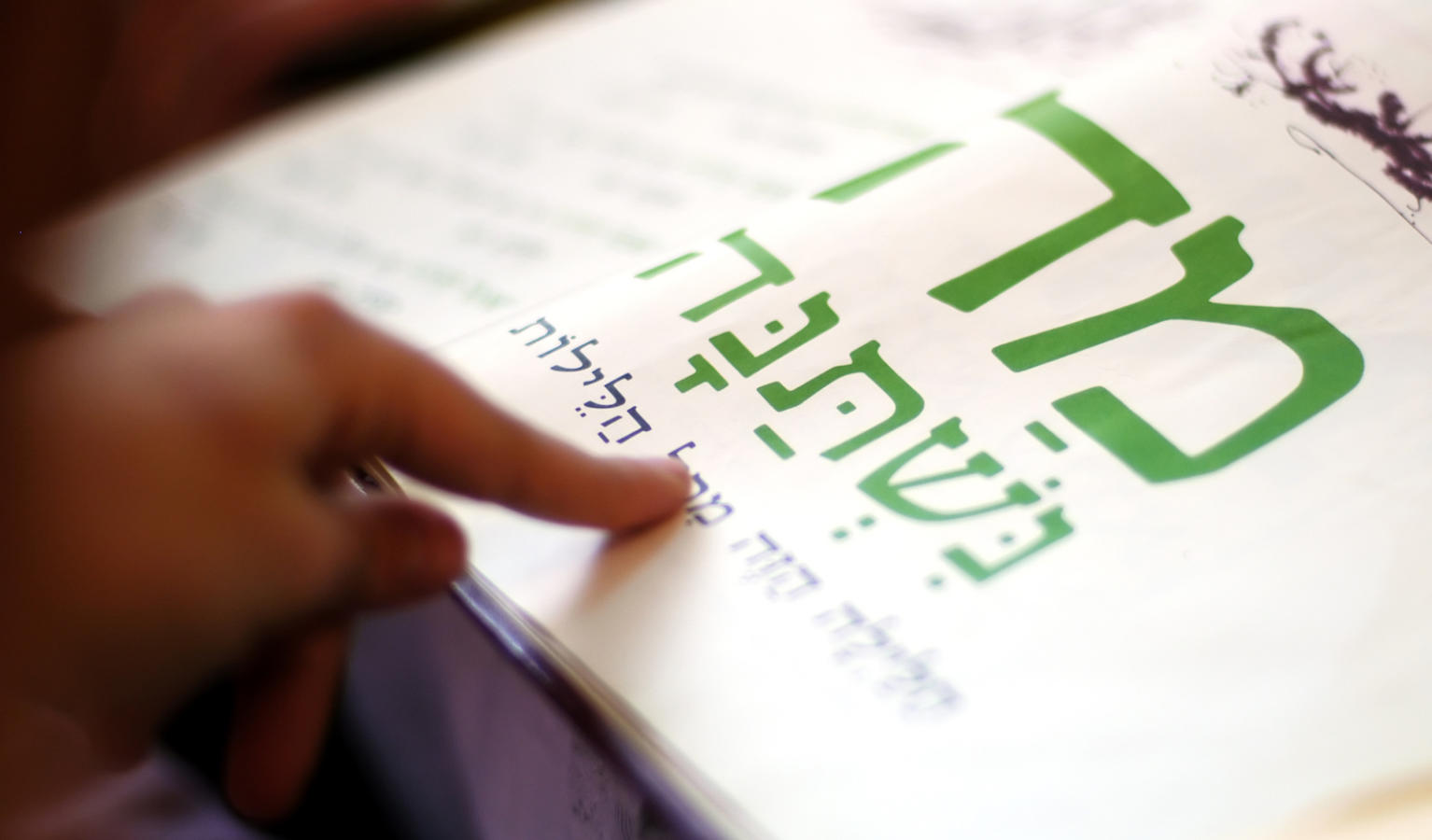Every year on Passover we recite the Mah Nishtanah, or the Four Questions, at the Seder. What is the significance of the questions? More specifically, what is the meaning of the opening line of the questions: Mah Nishtanah Ha-lailah ha-zeh mee-kol ha-leilot.
Is this phrase a question or a statement? Should the line be translated “How is this night different from all other nights?” or “How different this night is from all other nights!”
The language used to open the questions – mah nishtanah – is in fact purposely ambiguous. By playing with ambiguity, the author invites us into a world in which meanings can be multiple. And this, in large part, is a big point of the Haggadah: stories and symbols have multiple meanings.
The very idea of words having multiple meanings has a spiritual dimension as well, which cuts to the core of this holiday. Freedom is the ability to explore more than one meaning. In a slave’s world, there is no room for multiple possibilities; reality is flat. But free people can be dissatisfied with singular explanations and explore alternatives. All this is wrapped up in the words mah nishtanah.

Help us keep Jewish knowledge accessible to millions of people around the world.
Your donation to My Jewish Learning fuels endless journeys of Jewish discovery. With your help, My Jewish Learning can continue to provide nonstop opportunities for learning, connection and growth.
Looking at the other places the rabbis use the phrase mah nishtanah can give us a broader view of the range of possible meanings of these words.
Sometimes mah nishtanah can be used to point out a similarity rather than a difference. In the Mishnah, R. Yohanan ben Nuri uses the phrase to object to the claim of another authority.
[All things created] on the fourth day and on the fifth day are not susceptible to uncleanness, except for [what is made] from the wing of the black eagle/vulture and the glazed [shell of an] ostrich egg.
R. Yohanan ben Nuri said: What is the difference between the wing of a black eagle/vulture and all other wings? – Mishnah Kelim 17:14
Here the phrase is being used make the claim that, in fact, there is no difference between the wings of a black eagle or vulture and any other winged animal. Maybe mah nishtanah in the Seder is a prompt meant to arouse a similar objection. The leader asks about the difference between this night and all other nights and others object, saying, “No, there are differences!”
In the , the phrase is also used to ask a question to which the speaker truly doesn’t know the answer. It’s not a prompt, but an invitation to be taught.
R. Hanina said: I asked R. Eliezer in the house of Motva Rabba: What is the difference between the firstborn donkeys from firstborn horses and camels? – Bekhorot 5b
R. Hanina does not know something and approaches his teacher with a statement of wonder: What is the difference? Mah nishtanah? In this reading, the rest of the Haggadah could be understood as an answer to an honest question posed by the author.
Finally, mah nishtanah can be a rhetorical device meant to expound upon an actual difference. The asks a question concerning a story in the Book of Chronicles in which the Israelites praised God after being saved from warring enemies. But the praise they offered was different from the normal praise, thanking God whose “steadfast love is eternal,” rather than thanking God “who is good.”
The Midrash (Tanchuma Beshalach 10) asks:
What is the difference between this thanks (hodaya) and all the other ones in the Torah, that in all the other ones it says [about God] “who is good”, but here it does not say “who is good”? It is as if there is no joy in the heavens when the wicked die.
Here the author asks a question (or makes an exclamation) about why this praise is different from other praises. But he knows the answer: the reason it’s different is because God doesn’t celebrate death, and therefore cannot be called “good” in this moment. Full praise is muted in times of war.
So we see mah nishtanah is used in rabbinic texts in various ways: as a device to deny distinction, as a question to which the questioner doesn’t know the answer, and as an invitation to notice difference.
How does this relate to the Seder experience?
This phrase is so much more than an introduction to a set of questions that we all know how to answer. Rather, by using the phrase mah nishtanah, the Haggadah is inviting us into dialogue. Elsewhere, the Haggadah imagines “if we were all sages.” During the Seder, we all enter the classic rabbinic study hall and are able to participate as full members. We can ask questions, make declarations, and react to other people’s opinions.
And this is perhaps the larger point. Because understanding something as having multiple meanings is one of the deepest expressions of freedom. After all, the Haggadah tells us that whoever expands on the telling of the story of leaving Egypt is praiseworthy. And what better way to expand on the telling than by offering multiple interpretations, multiple questions and multiple reads of a single line.
The ability to see variety and diversity in words is a luxury of freedom. These two little words, the opening of the opportunity to expound and discuss, guide us to experience an evening of true freedom.
Rabbi Elie Kaunfer is president and CEO of the Hadar Institute.



